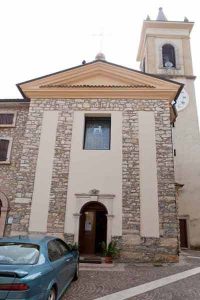The practice of cultivating chestnuts in the Monte Baldo area dates back to the year 1285. Initially the trees were only cultivated within an altitude range of 600 to 900 m above sea level, but in the 1800’s they became more widespread on the Eastern and Western slopes of Monte Baldo, particularly in San Zeno and its contrade.
The cultivation of chestnut trees is an ancient art.
The delicate work begins in the summertime, with the pruning of excess new branches, called “pole”; then the ground is raked to clear away the empty chestnut burrs. The first nuts to be harvested are known as “sanmicheline”, in reference to the day of San Michele on 29th of September. From this moment, you hit the chestnuts (known in local dialect as “maròni”) with long bamboo poles, both from the ground and from the tree itself. The burrs are then collected into large baskets and carried to a “rissàra”, where they are laid to rest and ferment for at least a couple of weeks. The burrs are then broken open and the women take charge of the selection process that precedes the sale of the final product. Today most of the work of a chestnut farmer remains done by hand.
The Castanicoltori Association was born in 1997, in 2003 the San Zeno di Montagna chestnut was recognized as a product with a protected designation of origin (PDO).
San Zeno di Montagna
Cierre edizioni-Promoprint, 2010









